Despite the first official 2026 Formula 1 test being just nine months away, teams are continuing to push for changes to the much-debated new power unit regulations.
A complete overhaul of the current F1 engines will see a 50-50 split introduced next year between the PU's electrical power and internal combustion output.
It will see F1 move closer to its all-electric sibling, Formula E, which is also introducing new regulations in the latter stages of next year.
Electrical power is currently a major topic across global motorsport, and is impacting championships further afield than F1 and FE.
However, at least in the pinnacle of motorsport, the electrical element is causing more concern than excitement amongst several F1 teams.
It is not just the introduction of the new regulations which is proving difficult, but also where the sport heads in the short- to long-term future when the engines are again tweaked.
When the new regulations were released last June, the FIA confirmed that it was to make the racing more "agile, competitive, safer and more sustainable".
The 'competitive' nature of that reasoning seems off the mark.
Viewed by others:
Battery concerns
The new PUs feature a 300 per cent increase in the electrical element compared to the current fleet of F1 cars, but it is also the source of the unrest over the new regulations.
A major concern has arisen that the cars will run out of battery on a lap at energy-sensitive circuits, with some F1 teams wanting the electrical output of the PU to be reduced.
Venues like Monza, Baku, Jeddah and Las Vegas, where there are long straights, fall into this category, resulting in one suggestion that the electrical output could be reduced, making it 60-40 in favour of internal combustion.
This would see the electrical output reduced from 350 kW (the production of a current Gen3 Evo FE car) to just 200 kW, the maximum electrical power of FE's first car 11 years ago.
It is set to be discussed by the F1 Commission on Thursday, and is a proposal Red Bull team principal Christian Horner has favoured for some time.
There is a degree of panic over the performance of the electric part of the new PU, something completely understandable.
The ultimate fear is, of course, the majority of cars running out of battery on occasion over a lap, and the drivers being forced to lift and coast. That would paint an ugly picture, one which F1 and the FIA must avoid.
Mercedes is reported to be in a very good place ahead of next year, and are not pleased by the engines being on the F1 Commission's agenda again.
Future development problem
There is also the issue of what does F1 do in the future when it changes its engine regulations again.
What is likely is that any future engine change would result in another complete overhaul, given one major problem; F1 cannot go fully electric.
It is currently impossible for F1 to increase the electrical output of its PU to 100 per cent as FE has a deal in place with the FIA since its inauguration in 2013 that it must remain the only all-electric single-seater series.
As a result, whilst F1 could increase its electrical output compared to internal combustion to 60-40, or perhaps 70-30, there is no real genuine path for the technology in F1.
In many ways, it feels somewhat inevitable that F1 could return to a V10, or even a V8, in the future with sustainable fuel, something fans have called for in vast numbers.
Electrical power embarrassment
A noticeable feature about the new PUs being introduced next year is the measurement of the electrical output, 350 kW.
As mentioned, this is the current electrical power of a current FE car and has been the case since the start of 2023.
Whilst unlikely, if dropped to 200 kW, it would see F1's electrical element at the same level as an FE car from over a decade ago.
In addition, F1 is not the only single-seater series introducing major new regulations in 2026, as FE is doing the same in the latter stages of the year with its brand-new Gen4 car.
The electrical element of FE's next car has been almost doubled to a staggering 600kW, equivalent to roughly 800 bhp.
It means that if F1's electrical power remains at 350kW as per the current regulations, it would be almost a 71.4% decrease on FE.
For a championship which prides itself on being at the top of racing technology, this does not sound like the pinnacle.
Sustainable fuel option
The major talking point this year regarding the 2026 regulations has been whether they should be scrapped and replaced by a return to the V10 engine using sustainable fuel.
For now, this has been put on hold until 2029 at the earliest, although support for it was building before it was rejected by F1 bosses for next season.
Whilst F1 is switching to sustainable fuel for the new regulations, the possibilities with it for the future are endless.
For example, in the United Kingdom, the BTCC (British Touring Car Championship) has axed its hybrid PUs after six years for this season in favour of running 100 per cent sustainable fossil-free fuel.
It is a major series moving immediately away from hybrid energy, suggesting that F1 returning to V10s on sustainable fuel in the future could be a serious option.
One question does come to mind: if PU development for 2026 was not nearing its conclusion, would V10s have been reintroduced after all?
Also interesting:
Join RacingNews365's Sam Coop and Nick Golding, as they look back on the Saudi Arabian Grand Prix. Max Verstappen's five-second time penalty is a major talking point, as is Oscar Piastri being a potential match for the Dutchman. Lando Norris' title chances are also explored.
Rather watch the podcast? Then click here!
Don't miss out on any of the Formula 1 action thanks to this handy 2026 F1 calendar that can be easily loaded into your smartphone or PC.
Download the calenderMost read
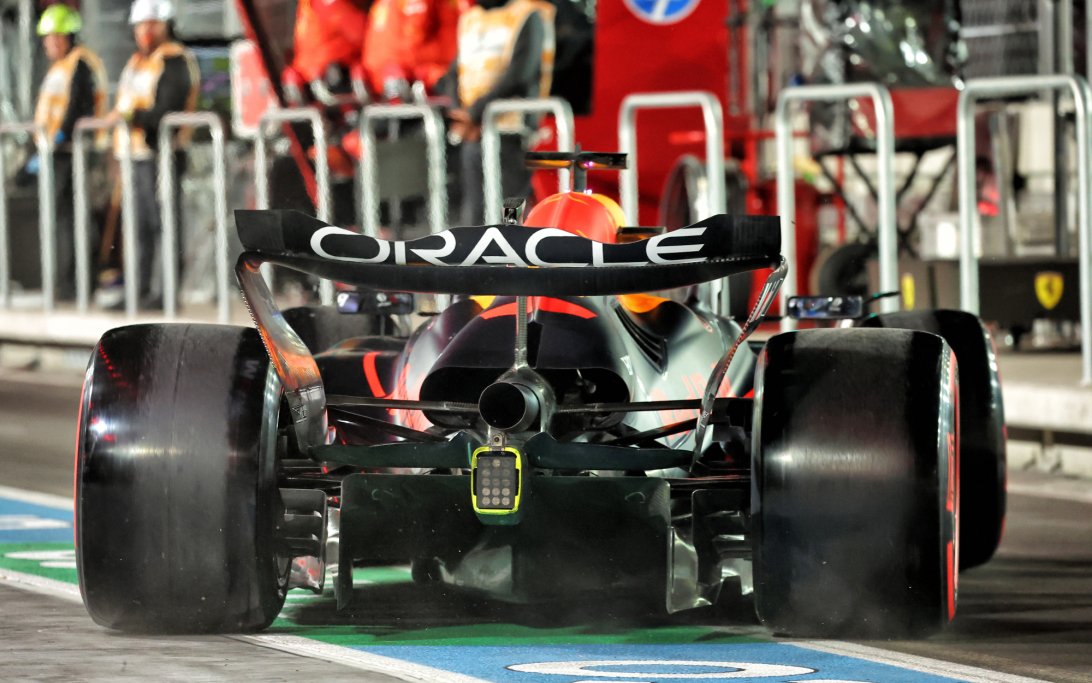

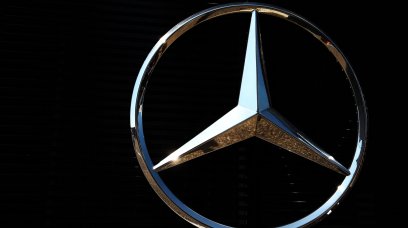
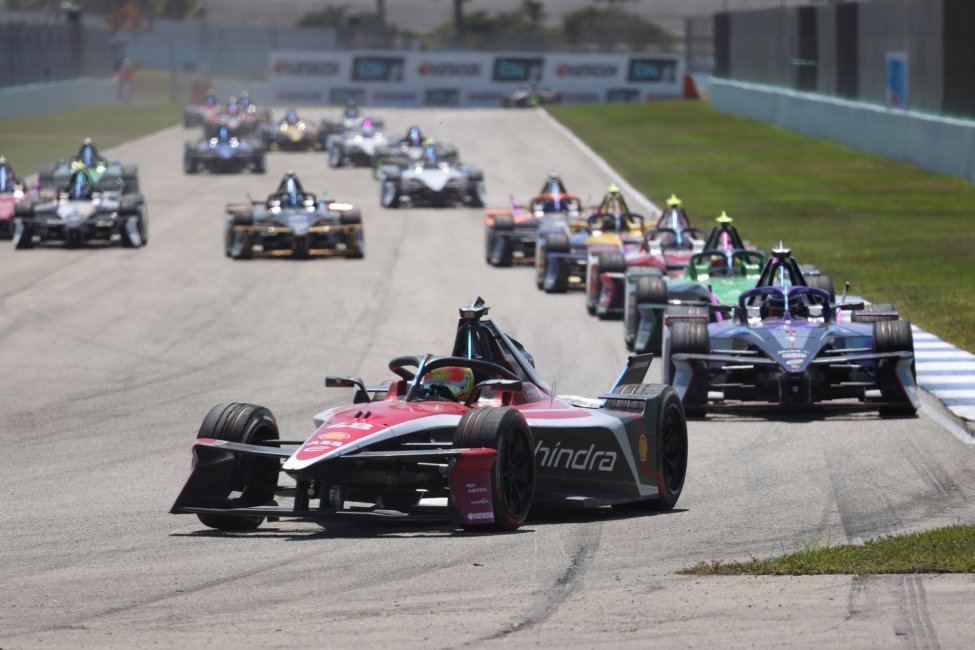







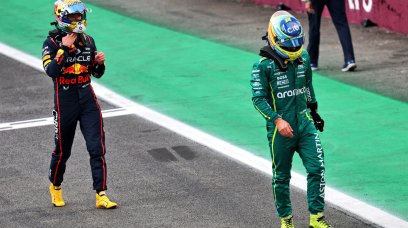
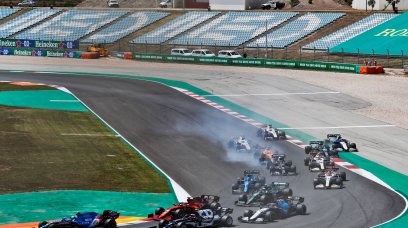

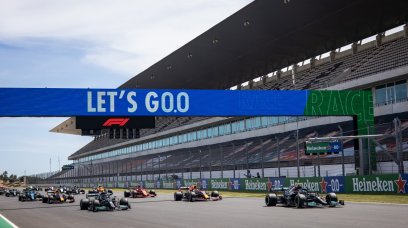
Join the conversation!